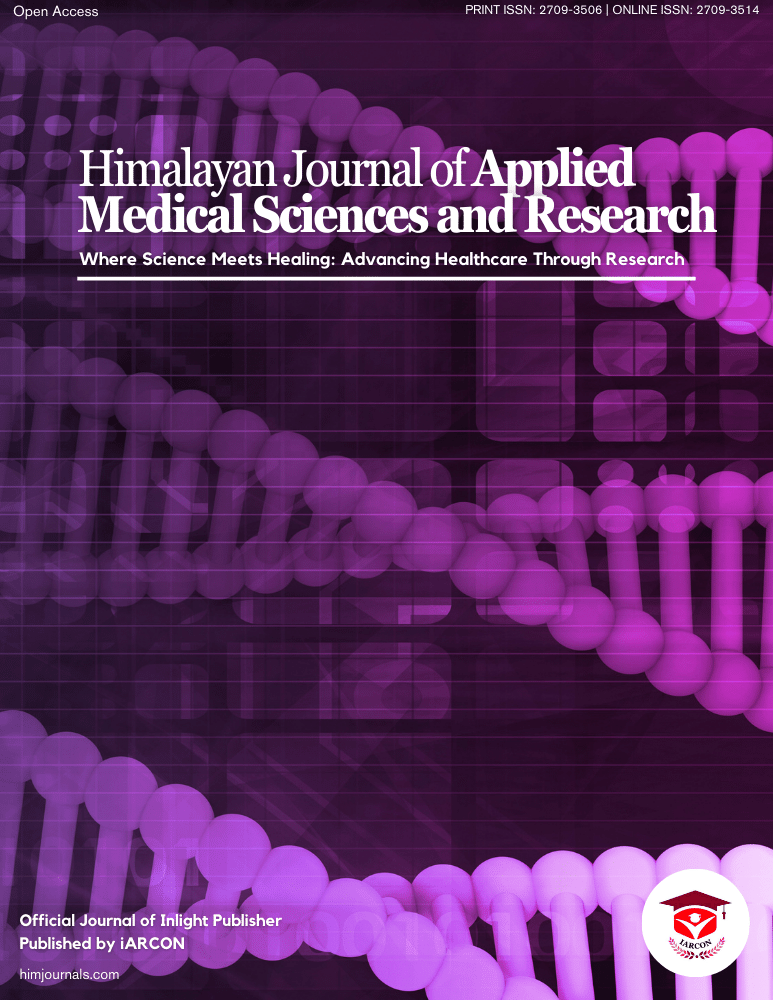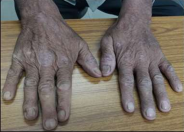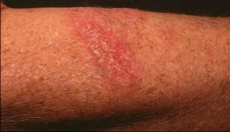Cutaneous T cell lymphoma (CTCL) is a category of varied non-Hodgkin lymphomas which demonstrates the malignancy of T cells in the skin [7]. This lymphoma includes two subtypes: mycosis fungoides (>65%) and Sezary syndrome6. The risk of MF in male: female is 2:1, the average age of the diagnosis is 55 years and incidence of this disease is about 0.4 per 100,000 person-years [7,8]. However, the main pathogenesis of this disease is still unknown, but according to recent studies, many factors can be involved in the pathogenesis of this disease, including dysfunction of some genes such as TOX or disturbance in signaling pathways such as Notch or the SMARC gene family affecting changes in histones and DNA methylation [2].
In early-stage disease, skin directed therapies are used which includes PUVA, topical bexarotene, UVB (ultraviolet B), radiotherapy, topical corticosteroids, phototherapy, nitrogen mustard (such as ifosfamide), carmustine etc. However in advanced-stage disease HDACi (histone deacetylase Inhibitors), localized radiotherapy, systemic chemotherapy, monoclonal antibodies and TSEB (total skin electron beam) are the only valid treatment options available [9]. Interferon-α can be used in both early and advanced stages of the disease [9].
Funding: No funding sources.
Conflict of interest: None declared.
Ethical approval: The study was approved by the Institutional Ethics Committee of Tanda, (HP).




